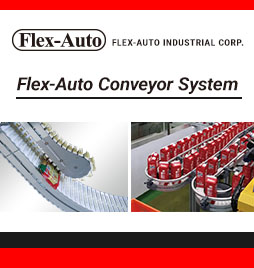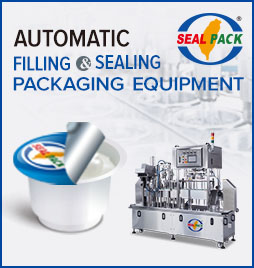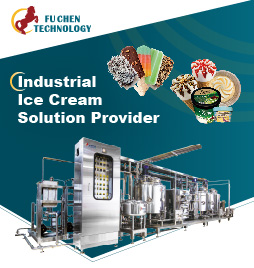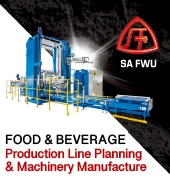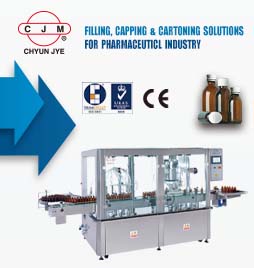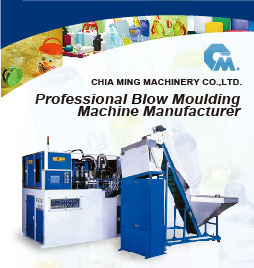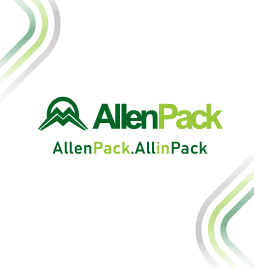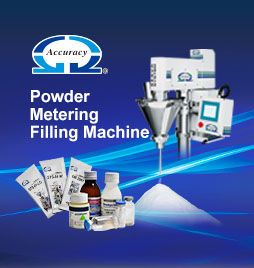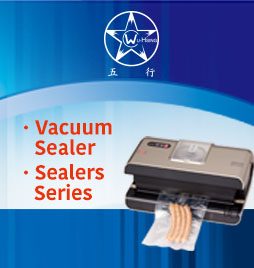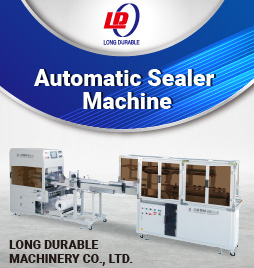Industry Forecast of PLASTIC PACKAGING
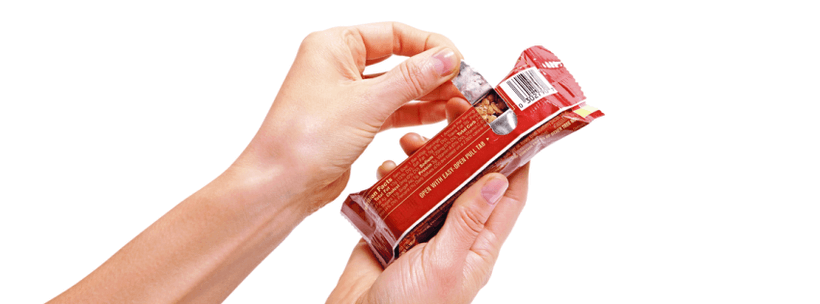
Packaging trends are evolving according to the adjustment, production and storage needs of the consumer. The change in the patterns of consumer demands is the factor, which has the greatest influence on the transformation of the packaging industry. l Anwesha Majumder*
* Analista Senior de Investigación de MarketsandMarkets / linkedin.com/in/anwesha-majumder-78790939
Plastic has secured its position as the preferred material in the packaging industry for sectors, such as food and beverages, pharmaceuticals, as well as industrial products.
A large part of everyday household products are packed in plastic. The extensive use of this packaging material can be attributed to the innovative visual appeal and convenience. In addition to that, the ability to improve the shelf life of products, especially in the food and products segment, is adding to the popularity of plastic packaging.
The packaging industry has witnessed growth due to factors such as the increase in income levels, population and changing lifestyles. The growth prospects of the end-use sectors, such as food and beverages, are stimulating the development of the demand of the plastic packaging industry.
Organized retail and the development of the e-commerce industry are further expanding the demand for plastics for packaging applications.
The period between 1970 and 1980 was known as the plastic revolution. The plastic, being light and easily transportable, was widely used as packaging for products.
The modern industry is under great pressure to constantly advance, meeting environmental standards and producing raw materials, which are more reliable and effective than their predecessors. The increased demand for packaged food and beverages that require protection against moisture and other environmental changes are the main drivers of the growth of the plastic snow market.
Main types of plastic containers
The use of plastics in packaging can mainly be classified in two types: rigid and flexible packaging.
Rigid plastic packaging is defined as any package that has a relatively flexible shape and with a minimum capacity of eight fluid ounces, which makes it capable of maintaining its shape. Compared to rigid packaging, these packages are a dynamic technology and anticipate strong growth in the future.
A gradual change in the plastic packaging industry has been observed from traditional rigid packaging to flexible packaging due to the various advantages offered by flexible packaging, such as the comfort in handling and disposal, and savings in transportation costs, for axample thanks to the minimum space required.
Flexible packaging, replacement of traditional packaging
The growing demand for flexible plastic containers is due to the growing need to replace traditional packaging materials, such as metal cans, glass bottles, rigid plastic and liquid cartons in a wide range of end uses.
Several brands began to value flexible plastic containers for their flexibility, low proportional cost and high potential for innovations. The implementation of various manufacturing methods and polymer additions provide the means to increase its attractiveness for a broad spectrum of products.
Comfort features, such as single serving portions and portability of these packages, change the consumer's focus from rigid to flexible plastic packaging.
Technological advances
The creation of flexible films has prompted the plastic packaging industry to reach high production figures. Through the development and use of these films, manufacturing practices and continuous innovations, such as modified atmosphere packaging (MAP) and vacuum packaging, it has been able to grow and move forward to adapt to the needs of products in the world.
Flexible plastic packaging solutions help reducing the carbon footprint. This favorable environmental impact translates into high growth prospects for the sector. Nanotechnology has a great influence on the sector. It is also used to improve the barrier properties of flexible plastic packaging.
Importance of recyclability
The trend of recycling and reuse of plastics is an important step to support innovation and sustainability. The regulations formulated by the governments of the respective countries and the growing awareness about recycling and disposal of plastic waste are encouraging the packaging industry to develop green production technologies and sustainable packaging products.
The reduction of packaging size and sustainability are closely related to the decrease in the sources used in the packaging of a particular product. This reduces the waste generated due to packaging materials.
Increased food safety, quality and shelf life
Plastics offer an excellent barrier against oxygen, carbon dioxide and water. Moreover, they are inert to acids, alkalis and other solvents, which guarantees the freshness and hygiene of the contents for a longer period. Plastic packages help protecting the food quality and can significantly reduce post-harvest losses.
According to the Natural Resources Defense Council, an international non-profit environmental advocacy group based in New York in 2016, up to 40% of food are wasted in the United States. It has been shown that flexible plastic packaging is a useful alternative to perishable items. For example, studies show that bananas packed in flexible plastic containers have slowed the ripening process and extended the shelf life.
Flexible packaging is gaining on the market thanks to the profitability due to busy lifestyles, while the demand for convenient products has increased, which has led to an increase in the demand for flexible packages.
Flexible plastic packaging requires less reuse and energy for packaging. Therefore, flexible packages are available at low cost and take up 35% less space on retail shelves, so they are cost-effective compared to other forms of packaging. packaging.
Manufacturers have focused on reducing the size and weight of the packaging by using fewer materials. According to the Food Manufacturers Association (GMA), between 2005 and 2010, its members reduced the weight of the containers.
With the development of new technologies, the reduction in the amount of packaging through the development of lightweight packaging from materials, such as plastic films, has been encouraging the packaging industry towards sustainable packaging. This is likely to support the demand for flexible plastic containers, since it requires less resources to pack the product and at the same time guarantees its quality and safety.
In the future, the growth of the plastic packaging industry is expected to be mainly influenced by the end-use sectors, government initiatives and growing consumerism.

